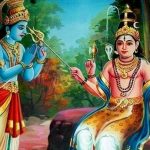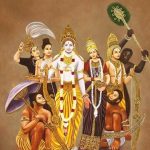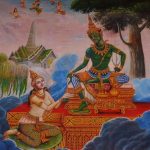Hindu calendar system is a lunisolar calendar made for the ancient time reckoning system. It is also called ‘Panchanga’. Hindu calendar varies in region to region, like the Bengali calendar, Tamil calendar, etc. to emphasize the lunar cycle.
Hindu calendar is a bit distinct from the Gregorian calendar (English calendar). There are two Hindu calendars mostly used in India- Vikram Samvat (founded by King Vikramaditya), and Shalivahana Shaka.
Hindu calendar is responsible for all Hindu festivals and Hindu occasions.
Hindu calendar is a multi-dimensional method of structuring time which provide information about lunar days, solar days, lunar months, and solar months. In the Hindu calendric system, a year is completed by 12 lunar months– Vaisakha, Jyeshtha, Ashadha, Shraavana, Bhadra, Ashvin, Kartik, Agahana, Pausha, Magha, Phalguna, and Chaitra. Every month is calculated as 29.5 to 30 lunar days or Tithi.
Each month is furcated into two fortnights (Bright fortnight and Dark fortnight) every 15 days. They are called “Purnima” and “Amavasya”. This cycle in the Hindu calendar also phased as ‘Paksha’. The New Moon Day or Full Moon Day is called Shukla Paksha or Gaura Paksha, and the second fortnight of the month is called Krishna Paksha or Vadhya Paksha.
According to the various regional calendar, the Hindu New Year begins at the starting of spring or summer in the middle of March.
Hindu festivals like Navratri, Holi, Shivratri, Diwali, Durga Puja, Ganesh Chaturthi, Guru Purnima, etc. determined according to the Hindu lunar calendar.
Feature Image Credit: Pinterest.




